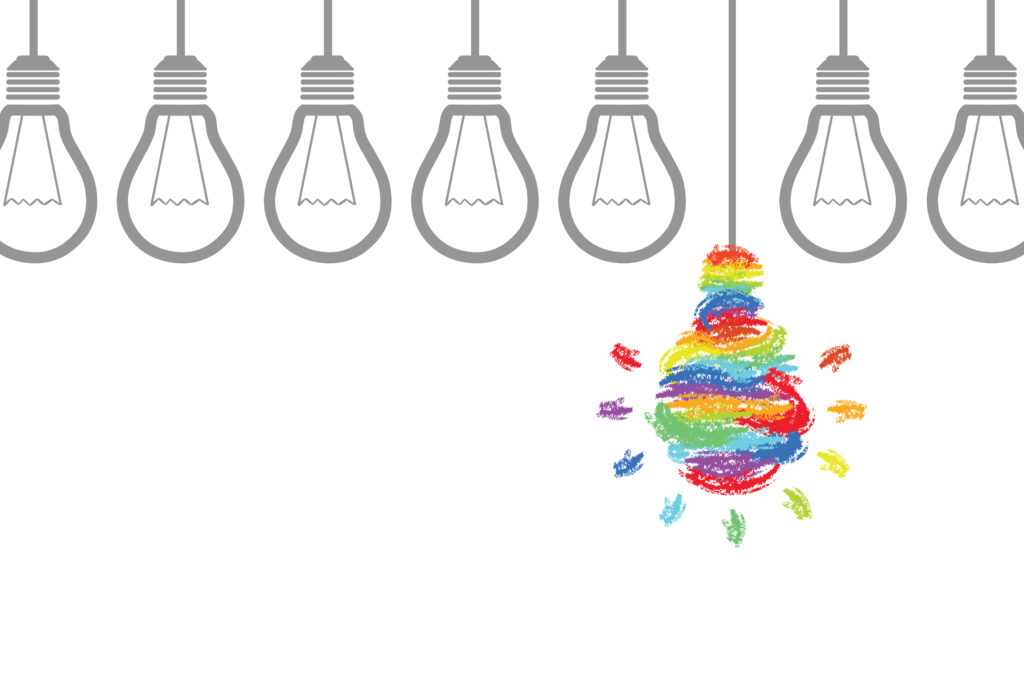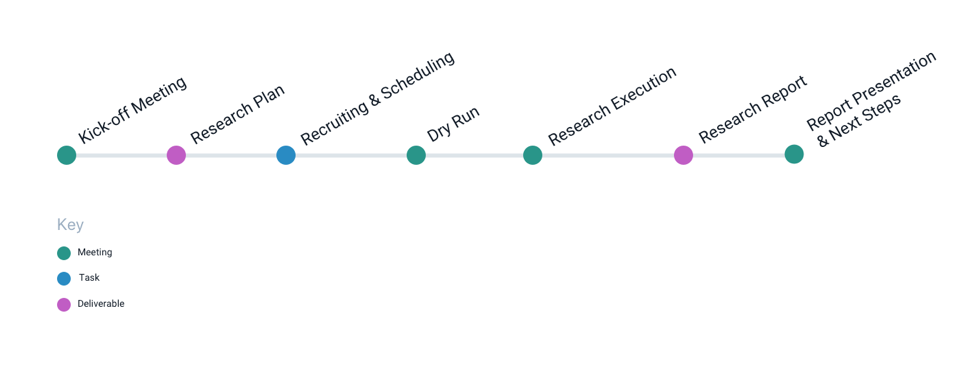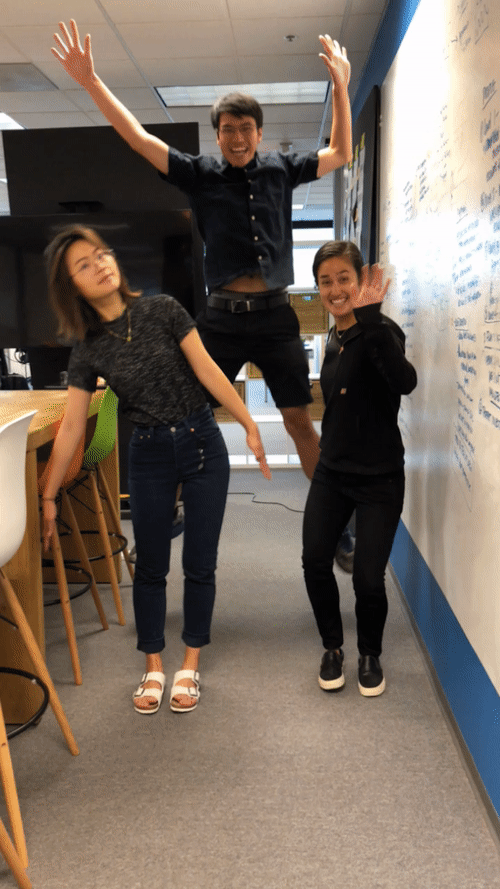Sumo Logic is no different than most companies — we are in the service of our customers and we seek to build a product that they love. As we continue to refine the Sumo Logic platform, we’re also refining our feedback loops. One of those feedback loops is internal dogfooding and learning how our own internal teams such as engineering, sales engineering and customer success, experience the newest feature. However, we know that that approach can be biased.

Our second feedback loop is directly from our customers, whose thoughts are then aggregated, distilled and incorporated into the product. The UX research team focuses on partnering with external customers as well as internal Sumo Logic teams that regularly use our platform, to hear their feedback and ensure that the product development team takes these insights into account as they build new capabilities.
Our Product Development Process
Sumo Logic is a late-stage startup, which means that we’re in the age of scaling our processes to suit larger teams and to support new functions. The processes mentioned are in various stages of maturity, and we haven’t implemented all of these to a textbook level of perfection (yet!).
Currently, there are two facets to the product development process. The first is the discovery side, for capabilities that are entirely new, while the second is focused on delivery and improving capabilities that currently exist in the product. The two sides run concurrently, as opposed to sequentially, with the discovery side influencing the delivery side. The teams supporting both sides are cross-functional in nature, consisting of engineers, product managers and product designers.

Adapted from Jeff Patton & Associates
Now that we’ve established the two aspects to product development, we’ll discuss how customer feedback fits into this. Customer feedback is critical to all product decisions at Sumo Logic. We seek out the opinions of our customers when the product development team has questions that need answers before they can proceed. Customer feedback usually manifests in two different categories: broad and granular.

Broad Customer Questions
The more high level questions typically come from the discovery side. For example, we may get a question like this: “should we build a metrics product?” For the teams focused on discovery, UX research starts with a clear hypothesis and is more open-ended and high level. It may consist of whiteboarding with our customers or observing their use cases in their workspaces. The insights from this research might spawn a new scrum team to build a capability, or the insights could indicate we should focus efforts elsewhere.
Granular Customer Questions
By contrast, UX research for delivery teams is much more focused. The team likely has designs or prototypes to illustrate the feature that they’re building, and their questions tend to focus on discoverability and usability. For instance, they may be wondering if customers can find which filters apply to which dashboard panels. The outcomes from this research give the team the necessary data to make decisions and proceed with design and development. Occasionally, the findings from the discovery side will influence what’s going on the delivery side.
 The UX Research Process at Sumo Logic
The UX Research Process at Sumo Logic
The diagram below describes the milestones during our current UX research process, for both discovery and delivery teams. As a customer, the most interesting pieces of this are the Research Execution and the Report Presentation, as these include your involvement as well as how your input impacts the product.

UX Research Execution
Research execution takes a variety of forms, from on-site observation to surveys to design research with a prototype. As a customer, you’re invited to all types of research, and we are always interested in your thoughts. Our ideal participants are willing to share how they are using the Sumo Logic platform for their unique operational, security and business needs, and to voice candid opinions. Our participants are also all over the emotional spectrum, from delighted to irritated, and we welcome all types.
The immediate product development team takes part in the research execution. For example, if we’re meeting with customers via video conference, we’ll invite engineers, product management and designers to observe research sessions. There’s a certain realness for the product development team when they see and hear a customer reacting to their work, and we’ve found that it increases empathy for our customers.
This is very typical for our qualitative UX research sessions, and what you can expect as a participant. In the above clip, Dan Reichert, a Sumo Logic sales engineer, discusses his vision for a Data Allocation feature to manage ingest.
Research Presentation
After the UX research team has executed the research, we’ll collect all data, video, photos and notes. We’ll produce a report with the key and detailed insights from the research, and we’ll present the report to the immediate product development team. These report readouts tend to be conversational, with a lengthy discussion of the results, anecdotes and recommendations from the UX researcher. I’ve found that the teams are very interested in hearing specifics of how our customers are using the product, and how their efforts will influence that.

After the report readout, the product development team will meet afterward to discuss how they’ll implement the feedback from the study. The UX researcher will also circulate the report to the larger product development team for awareness. The insights are often useful for other product development teams, and occasionally fill in knowledge gaps for them.
How Can I Voice My Thoughts and Get Involved in UX Research at Sumo Logic?
We’d love to hear how you’re using Sumo Logic, and your feedback for improvement. We have a recruiting website to collect the basics, as well as your specific interests within the product. Our UX research team looks forward to meeting you!


